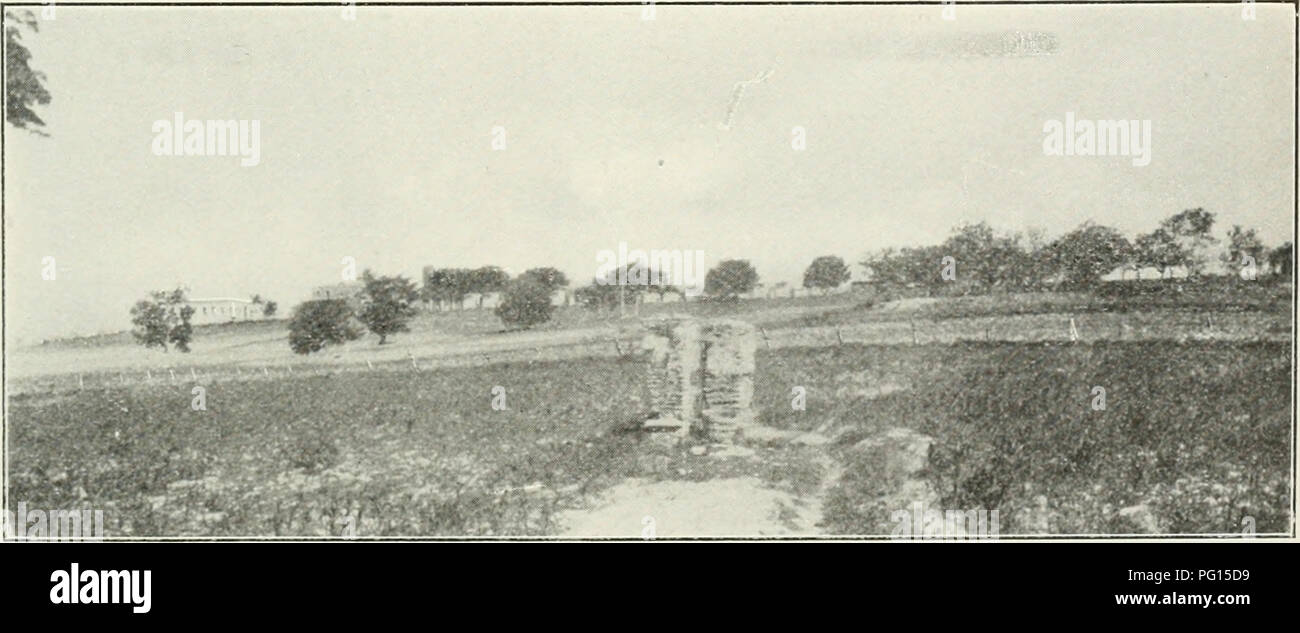. The Cuba review. THE CUBA REVIEW 27 A decade hence they will need well over 5,000,000. Where is it to come from? Cubans appear to have good grounds for belief that the United States will have to rely more and more on Cuba. The colono system—under which land owned by the company is allotted to planters, or colonos, who plant, cut and deliver cane to the mill, receiving in return five pounds of sugar for every 100 pounds of cane—appears to work satisfactorily. Tobacco remains Cuba's second largest industry, with a natural monopoly of the finest cigars. Whether the true Havana cigar has, of lat

Image details
Contributor:
Central Historic Books / Alamy Stock PhotoImage ID:
PG15D9File size:
7.2 MB (328 KB Compressed download)Releases:
Model - no | Property - noDo I need a release?Dimensions:
2446 x 1022 px | 41.4 x 17.3 cm | 16.3 x 6.8 inches | 150dpiMore information:
This image is a public domain image, which means either that copyright has expired in the image or the copyright holder has waived their copyright. Alamy charges you a fee for access to the high resolution copy of the image.
This image could have imperfections as it’s either historical or reportage.
. The Cuba review. THE CUBA REVIEW 27 A decade hence they will need well over 5, 000, 000. Where is it to come from? Cubans appear to have good grounds for belief that the United States will have to rely more and more on Cuba. The colono system—under which land owned by the company is allotted to planters, or colonos, who plant, cut and deliver cane to the mill, receiving in return five pounds of sugar for every 100 pounds of cane—appears to work satisfactorily. Tobacco remains Cuba's second largest industry, with a natural monopoly of the finest cigars. Whether the true Havana cigar has, of late years, deteriorated, I hesitate to pro- nounce opinion. Independent manufacturers on the spot impute such suspicion partly to the Cuban rebellion and Spanish-American War, partly to importation of Mexican seeds that followed, partly to strikes, political disturbances, floods and cyclones since 1905, partly to change in the taste of smokers who prefer a light-colored wrapper and mild-flavored cigar, l3ut chiefly to the American trust and its experiments in fertilizers and cultivation under cheese-cloth, its alleged indifference to the nicities of manufacturing and its reputed passion for "standardizing." In going over the trust's factories in Havana I saw no evidence that the old names and recipes and methods and the varying yields of different plantations were being robbed of individuality. I am persuaded that the trust, which owns 75% of the best vegas in Vuelta Abajo, has rendered the industry considerable service by scientific analysis of soils, by practice of testing seeds, and by many other wholesome innovations. Growing export of unmanufactured leaf of an inferior quality has hurt the great name of Havana. Cuba last vear sent abroad, mainly to the United States, over 300, 000 bales of leaf, valued at nearly $17, 500, 000 (or about $5, 000, 000 more than her exports of manufactured cigars), from which "Havana" cigars are manufactured at Tampa, London,